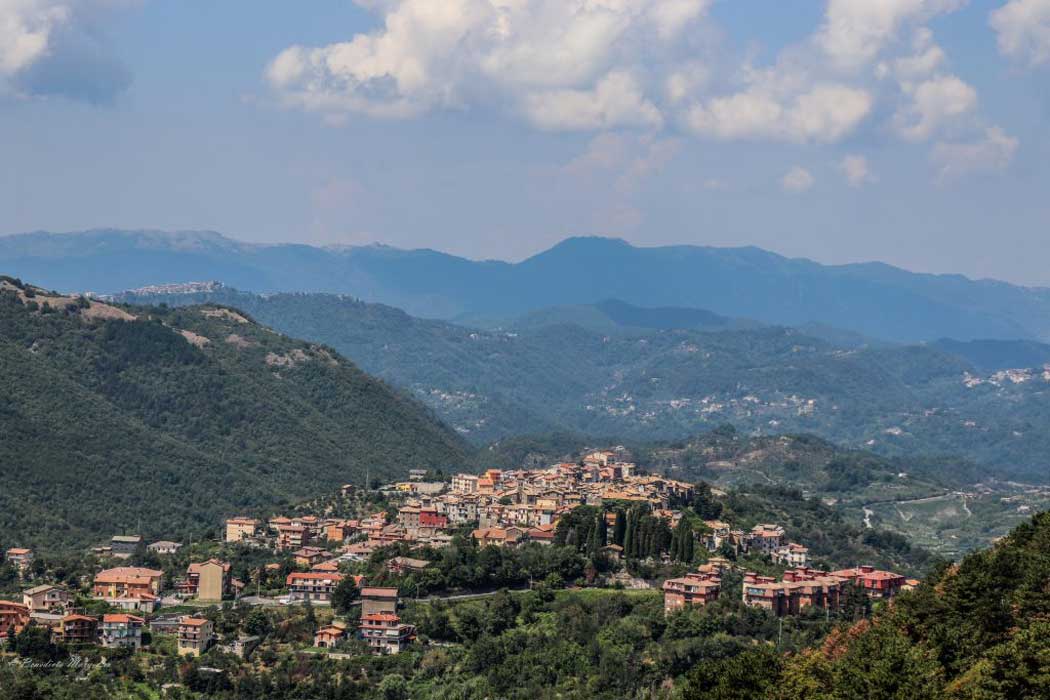
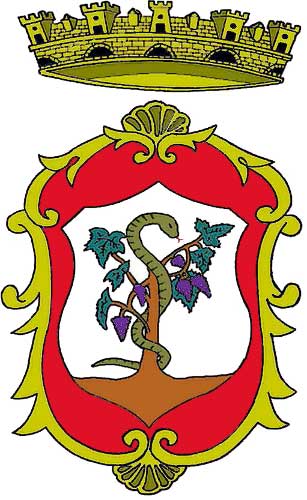
Affile is a charming medieval village located on the mountains overlooking the Aniene valley and its ancient past is represented by a stretch of polygonal walls in the highest part of the historic centre.
During the Roman period, its territory was divided into centuries entrusted to private individuals and the organization of the center is testified by the interesting Roman cistern, which collects the waters of a spring, and also some Roman remains (parts of inscriptions or columns). which are set in the walls of the buildings in the historic centre.
The first planting of cesanese vines for the production of wine dates back to the Roman period and from this vine descends the Cesanese di Affile which today is the basis of DOC and DOCG denominations of the most famous native red wine of the Lazio region.
Like many villages in the area, due to the continuous raids by the Saracens around a thousand, a castle with two towers and a wall was built where the population could take refuge. Some of its main churches built on Roman remains remained outside the protected centre.
Today the castle is no longer visible and has been incorporated into the buildings of the historic centre, while sections of the ancient walls or the ancient access gates can be recognized. The ancient chapel of the castle then became the current church of Saint Felicita and the tower was transformed into its bell tower.
The first feudal lords were the family of Ildemondo di Affile who fought for a long time with members of the church for control of Affile and the nearby center of Arcinazzo Romano (at that time called Ponza) before they became part of the possessions of the monastery of Subiaco.
In fact, the history of Affile is linked to the nearby famous monastery of Subiaco around which the social life of the town still revolves today.
In fact, it seems that Saint Benedict, before arriving in Subiaco, passed through Affile and here he performed his first miracle.



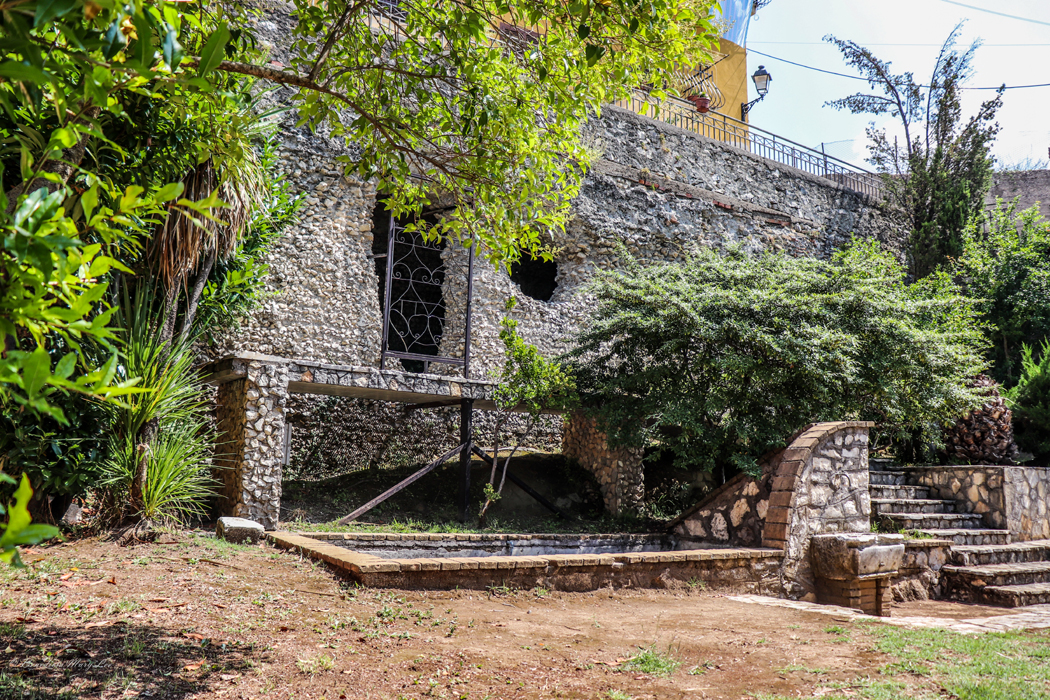
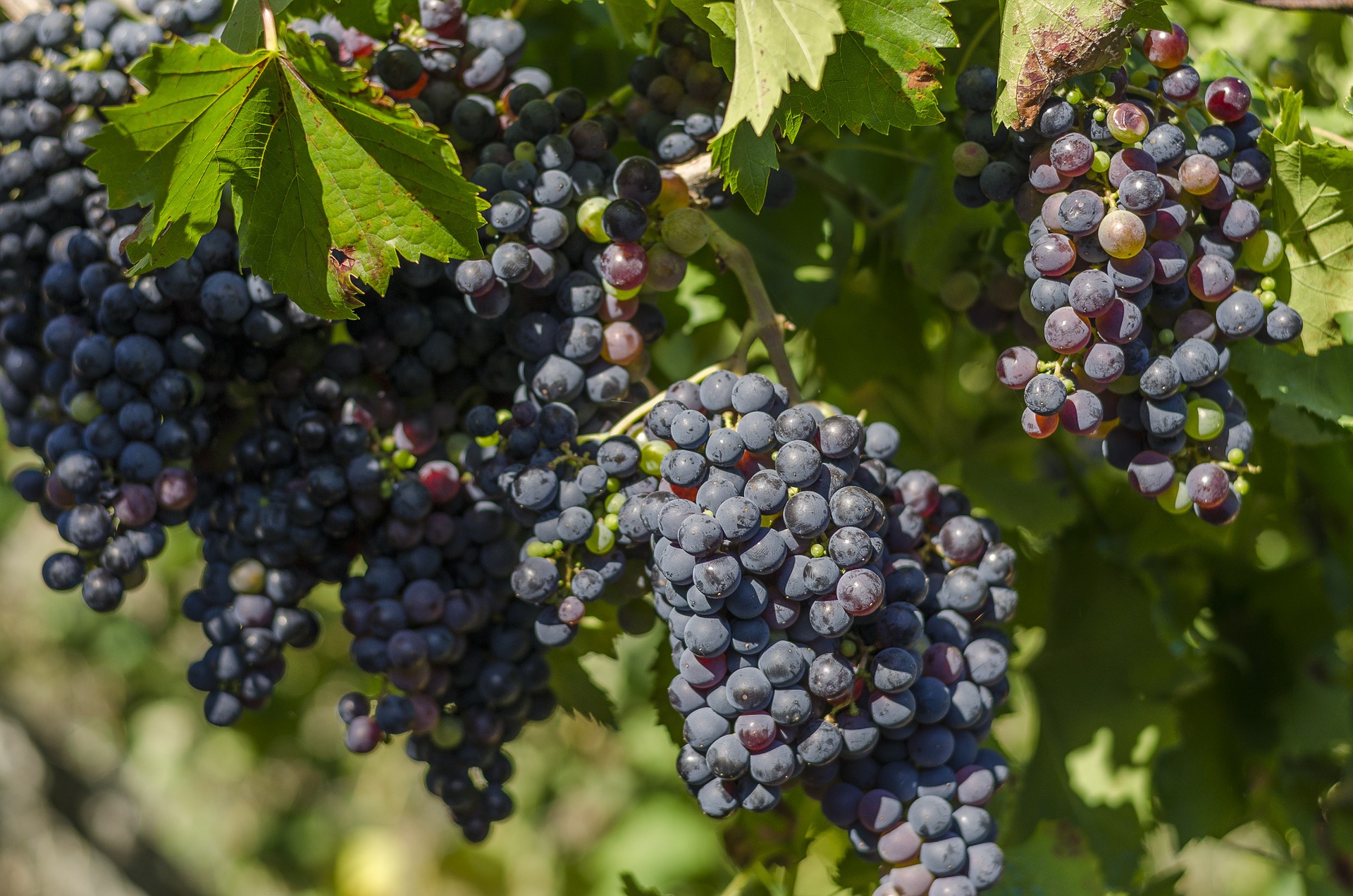
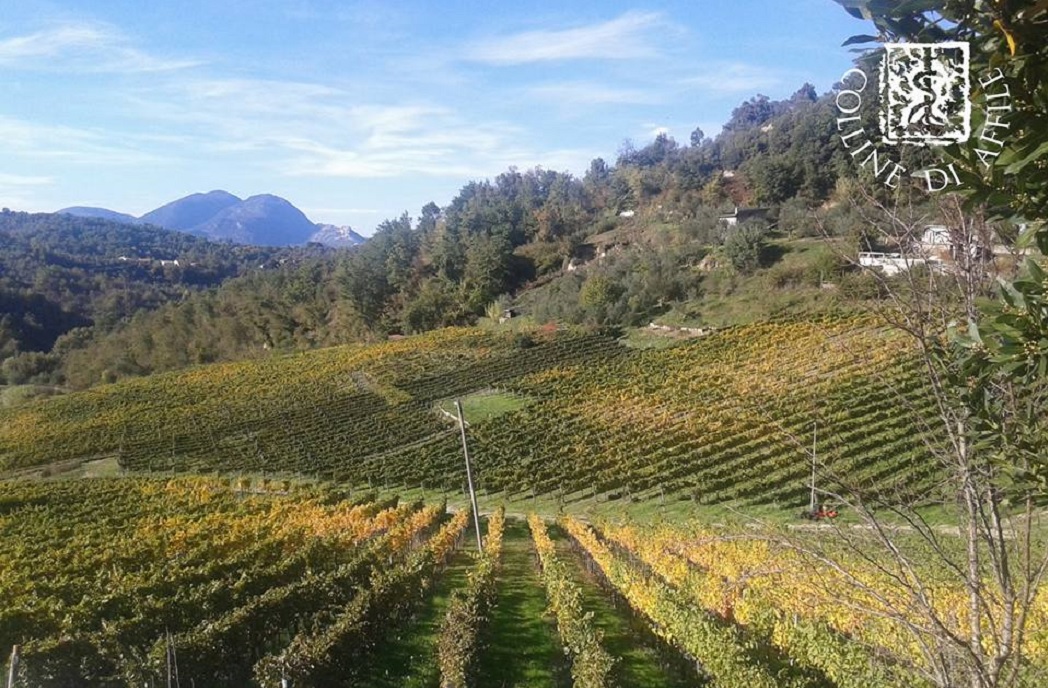
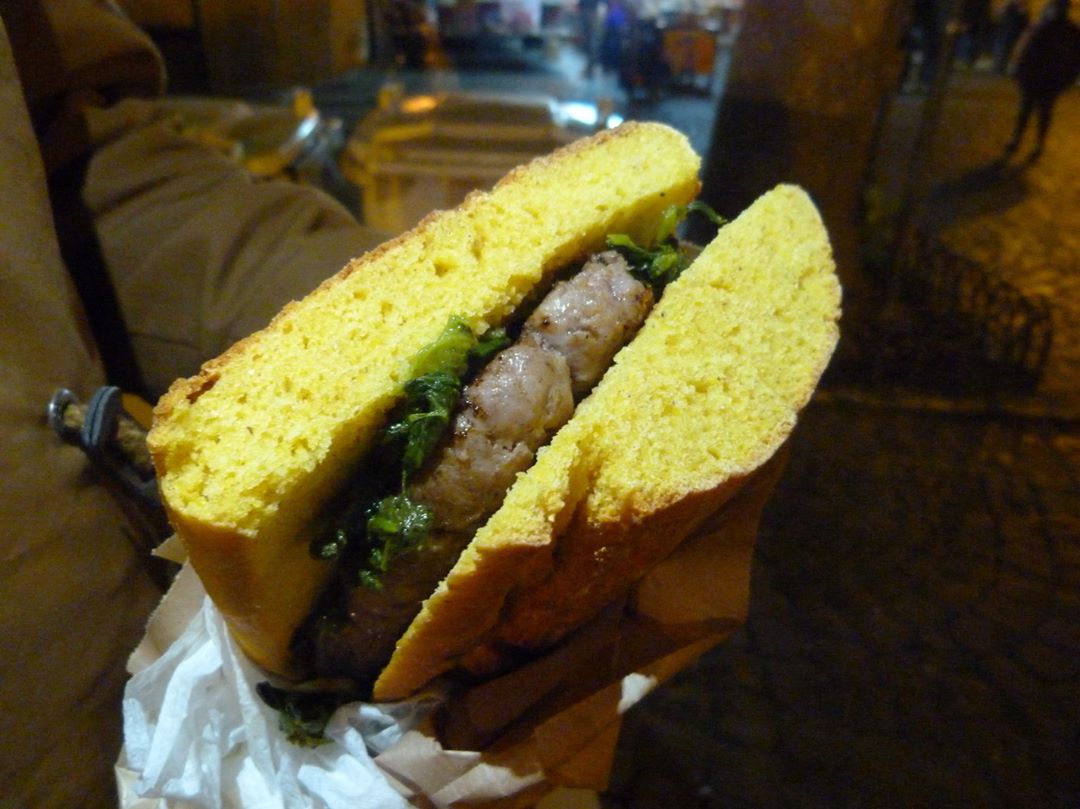

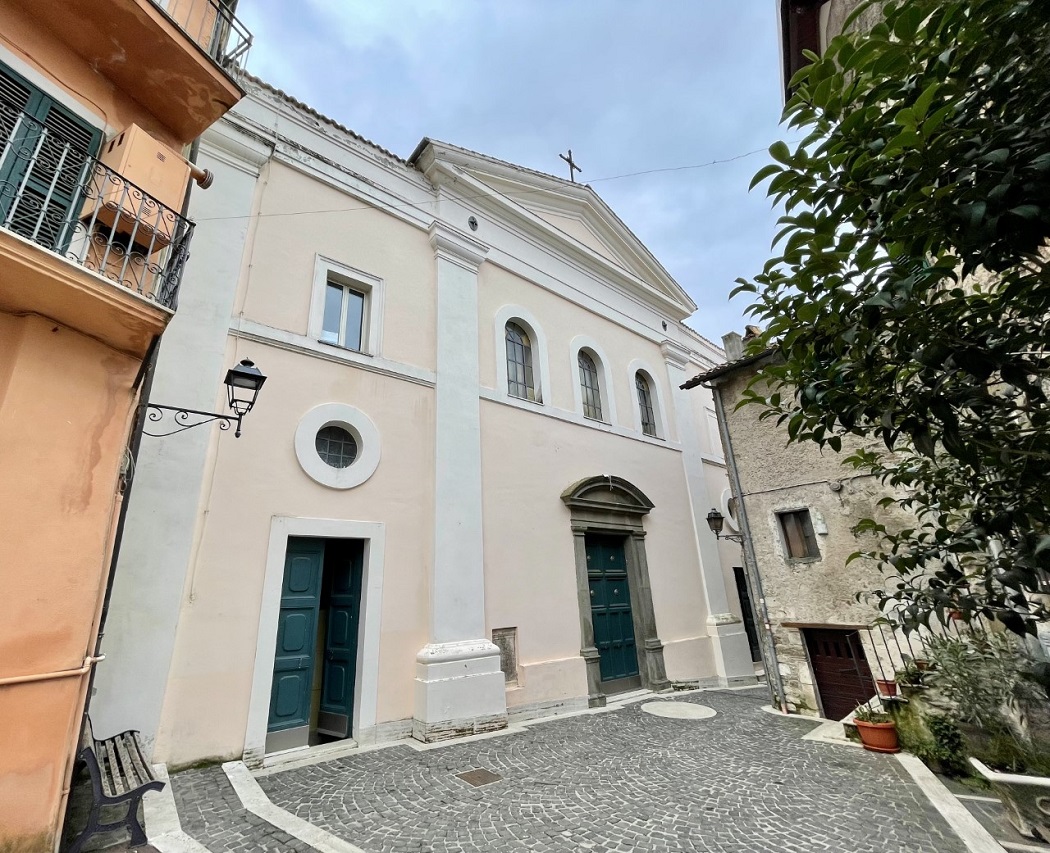
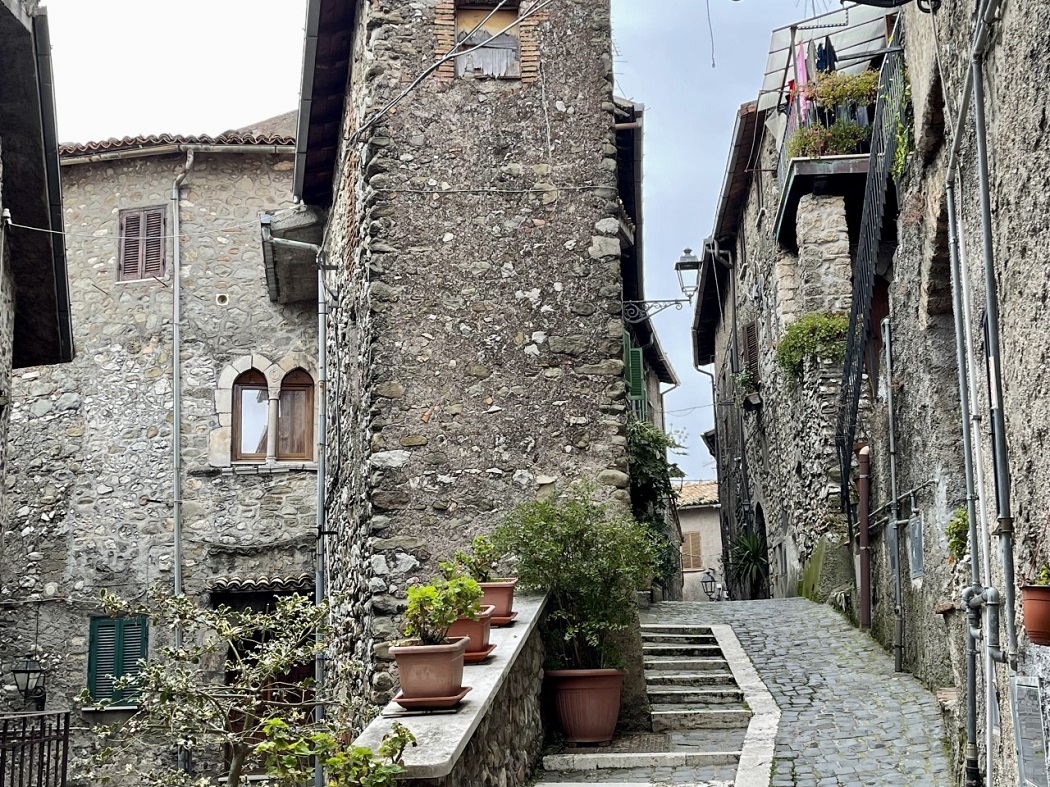





Follow us